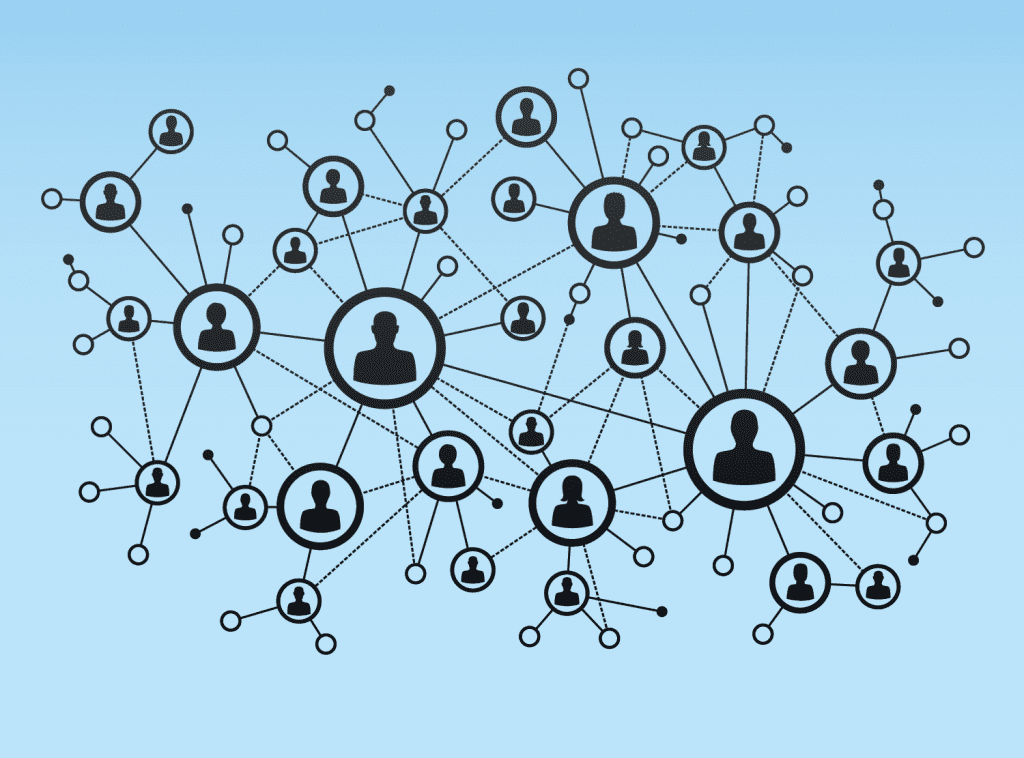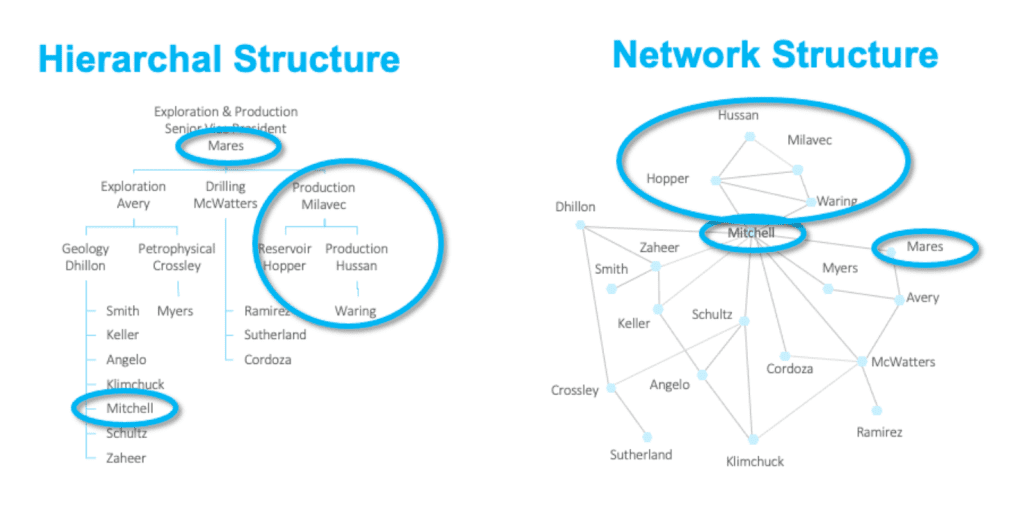Before the pandemic, products that introduced colleagues to each other were still in the early adopter stage and many companies did not pay attention to employee connections because it did not show a short-term impact to their organizations. However, after the pandemic, social isolation became an urgent issue for companies. In almost every company, the resultant lack of co-worker interactions showed up as lack of collaboration, productivity, or happiness.
However, a product like LEAD.bot is not just a fun tool for companies to plug in for such urgent usage. There is a lot of scientific research behind the fundamentals. We would like to share the research behind our idea of building LEAD.bot and tell you why an organization-wide LEAD.bot can actually help you to improve your company’s bottom line through facilitating connections across organizational boundaries.
If you attend HR conferences or study people analytics, you probably know that many global fortune 500 companies have people analytics departments. These companies know that they can identify true influencers and energizers through an organizational network analysis (ONA). ONAs track and map day-to-day workflows, collaboration, and expertise sharing enterprise wide, and helps to understand how an organization really works.
Before we get into why we built LEAD.bot, we would like to get into a deeper explanation of what ONA is, so you understand the idea of LEAD.bot was like a no-brainer.
Understand employee connections through ONA.
Employees are not just connected through work, but also connected through their personal social activities within the company. The various types of connections among the employees form a collaboration network, and based on how an individual is connected, their roles in the collaboration network are different.
Modern human resource researchers call the process of understanding this network, organizational network analysis (ONA).

ONA measures and graphs patterns of collaboration by examining the strength, frequency, and nature of interactions between people in networks.
ONA helps leaders find answers to the following questions:
- How do the information and communication follow in the organization?
- How are teams and individuals collaborating with each other?
- Can we identify the most influential employees or teams and quantify their comparative impact?
- Who has been the most affected due to the pandemic?
- Are there signs of burnout?
- Are some employees at a higher risk of exit?
- Can we help employees be more productive?
Depending on the type of roles in the ONA, the way to engage and retain that types of employees is different.

Many companies such as Google, Salesforce, and Amazon did heavy studies on ONA and conclude that “ONA provides a new lens to evaluate how people show up in an organization.”
There are a couple of types of roles that are important for companies to know about, such as connectors, brokers, central actors, so-called “influencers” or “connectors”, and outliers, aka isolated employees.
- Connectors: Connectors are individuals who put in relation to many members of the network.
- Brokers: Brokers are connectors who connect different groups/teams/clusters within the network.
- Gatekeepers: Individuals who control the interactions and flow of information going to their part of the networks.
- Chokepoints: Points in the network where the flow of interactions or information is slowed down or stopped.
- Central actors: Highly connected Individuals with a high degree of “centrality”.
- Outlier / peripheral actors: Peripheral team members who have limited connections with most of the network.
As you can see from above, perhaps companies should give more recognition or rewards to the “influencers” and “connectors”, and introduce more people to the “isolated” ones. A product like LEAD.bot can help you identify the needs of the ones who love to connect with more people, encourage social interactions for the isolated ones. Not everyone in your company will enable LEAD.bot matching constantly and that is okay, as people may have many reasons not to use voluntary matching. For example, people in high demand may experience connection overload. LEAD.bot allows ways to mitigate connection overload by sharing connection requests with others around those in high demand.
While there is no easy way to virtualize the complete collaboration network even through data analysis from the communication tools or surveys, it would be great to give the power to your employees so they can choose what action to take themselves. It is important to offer the options such as virtual coffee meetups, executive lotteries, peer mentorship, DE&I discussion initiatives to your employees.
No one will use a traditional corporate social network product, that’s why we integrate LEAD.bot within your communication tools such as Slack or Microsoft teams and hope to start targeted employee matching and guided conversations. The idea for us to develop LEAD.bot is to help companies enhance their collaboration network in 6 ways below:
- Promoting rapid innovation: organizations can spark innovation by removing silos, combining expertise, and accelerating decision-making.
- Introducing new leaders: Through implementing LEAD.bot, you will be able to identify your culture champions as well as people with various talents, such as community building, people operation, storytelling, etc.
- Driving diversity, equity, and inclusion: employees who aren’t well connected in their networks may be underutilized or at risk of departure. Having ERGs or casual guided conversations to include all races, genders, identities, abilities, or other demographics, you will be able to find an emerging opportunity for the troubling patterns.
- Improving employee well-being: Well-being programs often focus on physical and mental health, but rarely attempt to address major stressors at work such as collaborative overload, or isolation. Implementing opportunities for casual peer-to-peer check-ins will not only have a positive impact on their well-being but also mitigate turnover risk.
- Leading a culture renovation: Companies spend a tremendous amount of time and effort attempting to change culture, yet research shows that only 15% actually succeed. Often, it’s because companies don’t take the time to properly identify influencers, energizers, and blockers within their workforce. By leading LEAD.bot implementation, you can identify connectors early in the process. The culture change team can build support through influencers—who may not be obvious functional leaders—and work to win over or, in some cases, work around potential naysayers.
- Managing a merger or acquisition: Unsuccessful acquisitions are often the result of poor cross-cultural strategies. LEAD.bot can help introduce the influential people within both organizations and can be engaged to act as leaders for the transition.

